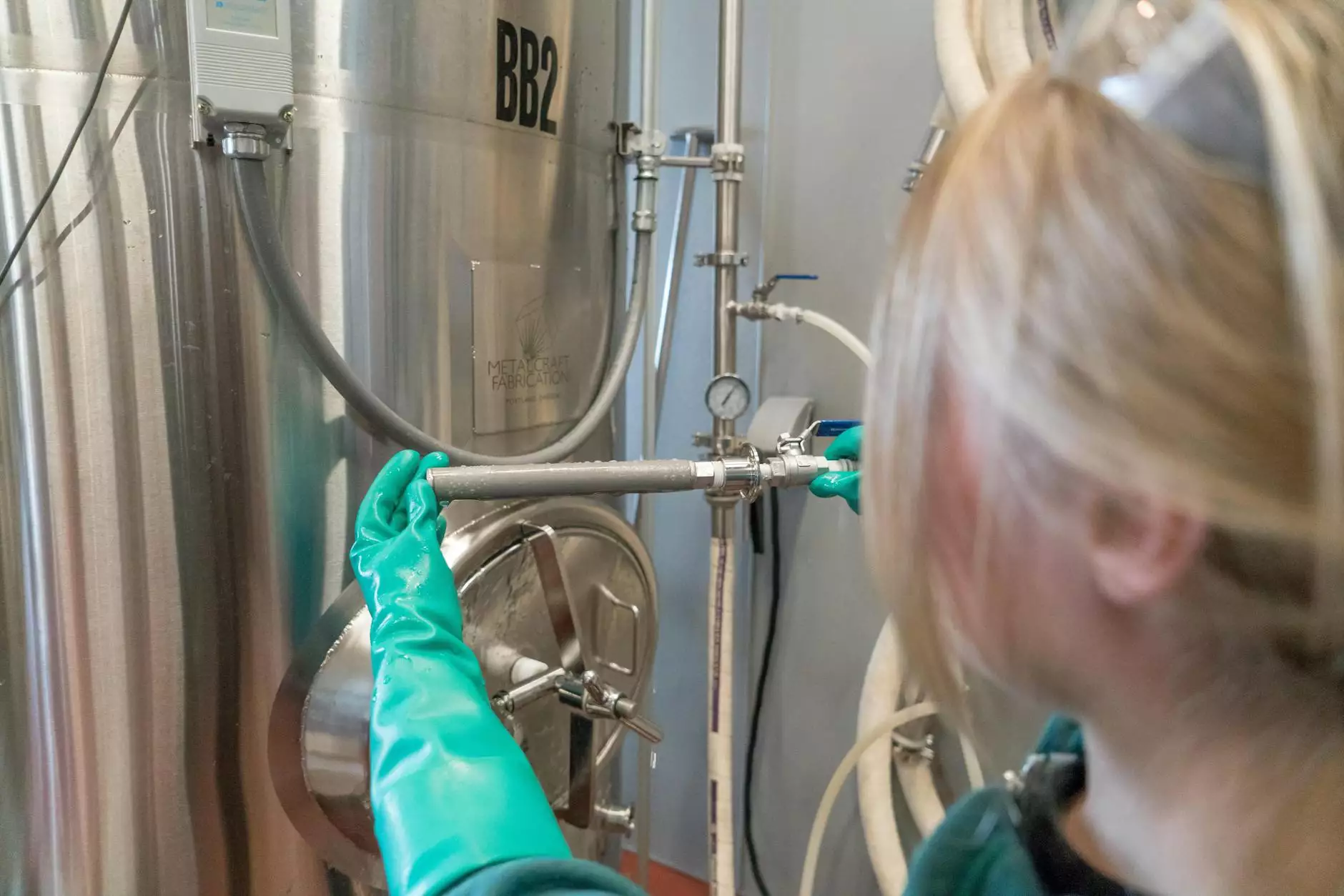Transforming Lives: The Importance of Occupational Therapy for Kids

In today's fast-paced world, parents are increasingly seeking support systems to promote their children's well-being and development. One of the most impactful resources available is occupational therapy for kids. This specialized form of therapy not only addresses developmental challenges but also enhances children's overall quality of life. In this extensive article, we will explore the myriad benefits of occupational therapy, how it works, and why it's a vital resource for families.
What is Occupational Therapy for Kids?
Occupational therapy for kids focuses on assisting children in developing the skills needed for daily living and participation in various activities. This therapeutic approach is tailored to meet the individual needs of each child, addressing their specific challenges whether they stem from physical, cognitive, or emotional difficulties. As a result, occupational therapists employ a holistic strategy, using play, games, and everyday tasks to make therapy engaging and effective.
Why is Occupational Therapy Important for Children?
The importance of occupational therapy for kids cannot be overstated. Here are several key reasons why this type of therapy is essential:
- Enhances Fine Motor Skills: Occupational therapists help children develop the small muscle movements necessary for tasks like writing, buttoning shirts, and other daily self-care activities.
- Improves Sensory Processing: Many children have difficulties processing sensory information. Occupational therapy addresses these issues, helping kids respond appropriately to sensory stimuli.
- Promotes Social Skills: Through group activities and collaborative tasks, children learn to interact effectively with peers, fostering critical social interactions.
- Boosts Confidence: Successfully mastering developmental milestones can significantly enhance a child’s self-esteem and confidence.
- Supports Independence: One of the main goals of occupational therapy is to encourage children to become more independent in their daily lives.
Common Conditions Addressed by Occupational Therapy
Occupational therapists work with children facing a broad spectrum of challenges. Here are some of the most common conditions:
- Autism Spectrum Disorder (ASD): Children with ASD often require tailored strategies to help them navigate social interactions and sensory experiences.
- ADHD: Therapists can develop specific coping strategies to help children manage attention and focus issues effectively.
- Developmental Delays: Children who haven’t reached typical developmental milestones may receive support through targeted interventions.
- Physical Disabilities: Occupational therapy aids children recovering from injuries or managing conditions affecting physical movement.
- Learning Disabilities: These therapists assist children in developing the skills necessary to thrive academically and socially.
How Does Occupational Therapy for Kids Work?
The process of occupational therapy for kids typically involves several stages. Here’s what you can expect:
1. Initial Assessment
The first step is a thorough assessment by the occupational therapist, which includes observing the child, discussing concerns with parents, and possibly reviewing medical history. This evaluation helps the therapist understand the child’s needs, strengths, and challenges.
2. Goal Setting
Once the initial assessment is complete, the therapist collaborates with parents and, when appropriate, the child to establish specific, measurable goals. These goals are tailored to the child's unique situation and may focus on enhancing mobility, social skills, or self-care abilities.
3. Developing a Customized Therapy Plan
Based on the assessment and goals, the therapist crafts a customized therapy plan. This plan outlines the techniques and activities that will be used, ensuring a comprehensive and engaging approach to therapy.
4. Implementation of Therapy Sessions
The therapist conducts regular sessions with the child, which may include:
- Play-based Activities: Using play as a therapeutic tool to encourage engagement.
- Adaptive Equipment: Introducing tools that support skill development.
- Parent Involvement: Training parents in techniques and exercises they can do at home.
5. Ongoing Evaluation and Adjustment
Therapists frequently evaluate progress, adjusting the therapy plan as necessary to ensure the child is making strides toward their goals. This dynamic approach allows for flexibility and responsiveness to the child’s evolving needs.
Benefits of Occupational Therapy for Kids
The advantages of occupational therapy for kids include, but are not limited to, the following:
- Increased Participation: Children learn to take an active role in their daily routines, fostering independence and engagement.
- Stronger Family Relationships: By involving parents and siblings in therapy, families often experience improved understanding and support of each other’s needs.
- Enhanced Academic Performance: Many children see improvements in their ability to learn and perform in school settings as a result of occupational therapy.
- Fostered Life Skills: Beyond academic skills, occupational therapy assists children in learning essential life skills that will benefit them throughout their lives.
- Long-term Success: Early intervention through occupational therapy can lead to better outcomes in adulthood, allowing children to achieve their full potential.
Finding the Right Occupational Therapist
Choosing an occupational therapist is a significant decision that can impact your child's progress. Here are a few tips to help you find the right fit:
- Research Credentials: Make sure the therapist is licensed and holds relevant certifications.
- Experience Matters: Consider therapists who have worked with children facing similar challenges.
- Seek Recommendations: Ask for recommendations from other parents, pediatricians, or educational professionals.
- Observe the Environment: A comfortable, engaging therapy setting can significantly enhance your child's experience.
Success Stories: The Impact of Occupational Therapy on Children
Many families have witnessed remarkable transformations in their children through occupational therapy for kids. Here are a few success stories:
- From Non-Verbal to Communicative: A child with autism began using communication devices and engaging more verbally with peers after occupational therapy.
- Mastering Independence: A child with physical challenges learned to dress independently, boosting their confidence and self-efficacy.
- Social Butterflies: A group of children who struggled with social skills became more adept at making friends and participating in group activities through tailored occupational therapy sessions.
Conclusion
In conclusion, occupational therapy for kids plays a pivotal role in helping children navigate the challenges they face in everyday life. From enhancing fine motor skills and improving sensory processing to fostering independence and confidence, occupational therapy is a vital resource for families. Embracing this therapeutic support can lead to transformative results and a brighter future for children facing various developmental hurdles. We encourage parents to seek guidance from qualified therapists and recognize the powerful impact that early intervention can have on their children's lives.









